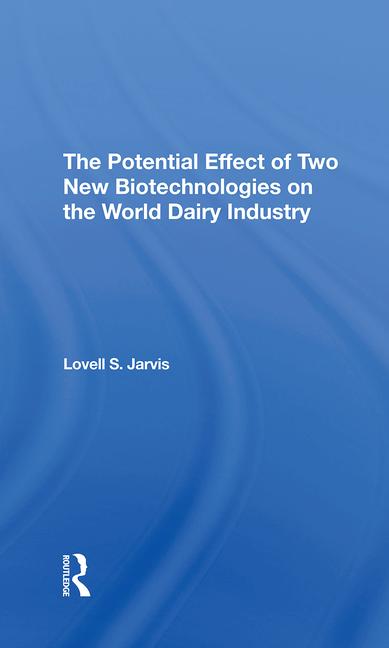Washington Watch: New Mad Cow Case Sparks Reactions

Contact him at:
7406 Alban Station Court,
Suite A-118
Springfield, VA 22150
phone 703/866-1934
email: annews@crosslink.net
USDA's announcement that it had confirmed a third case of mad cow disease in the U.S. has triggered new pressure on federal regulators to tighten animal feed rules. Consumers Union, a major consumer organization, charged the government has been dragging its feet for two years.
After the first case of mad cow was discovered in the United States in December 2003, then FDA Commissioner Mark McClellan said that the FDA would end the practices of feeding chicken coop floor wastes, restaurant wastes, and cows' blood to cattle, all of which FDA said at the time could potentially transmit the mad cow disease agent. However the agency never followed through," said Jean Halloran, food policy expert at Consumers Union.
Milk producers say a surge in production is beginning to depress farm-level prices. Jerry Kozak, President and CEO of the National Milk Producers Federation, says milk production was up 3.5% in 2005 and is growing rapidly this year. Cooperatives Working Together, a group managed by NMPF, has doubled the program's current five-cent per hundredweight assessment, in order to accumulate the additional financial resources necessary to help producers deal with the softer prices.
The federal government is funneling an additional $63 million dollars in agricultural aid into the Gulf Coast region, still struggling to overcome last summer's devastating hurricanes. Agriculture Secretary Mike Johanns announced the Emergency Conservation Program funds will be available to assist agricultural producers in counties that were declared disaster areas due to Hurricanes Katrina and Rita. Eligible agricultural producers may receive up to 100% cost-share to remove debris and restore fences and conservation structures.
"USDA was on the ground providing food and housing assistance in the immediate aftermath and we remain committed to the recovery" Johanns said. "These funds are one more way we are reaching out to help Gulf Coast farmers rehabilitate operations damaged by last year's devastating hurricanes."
Columbia is the latest Latin American country to reach a free trade agreement with the U.S. Under the terms of the deal, U.S. dairy products will receive increased duty-free access to the Columbian market. By the same token, Colombian sugar producers will gain greater access to U.S. markets, increasing shipments by 50,000 metric tons in the first year of the agreement. Colombia is the second largest agricultural market in Latin America for the United States.
Looking for a reprint of this article?
From high-res PDFs to custom plaques, order your copy today!




